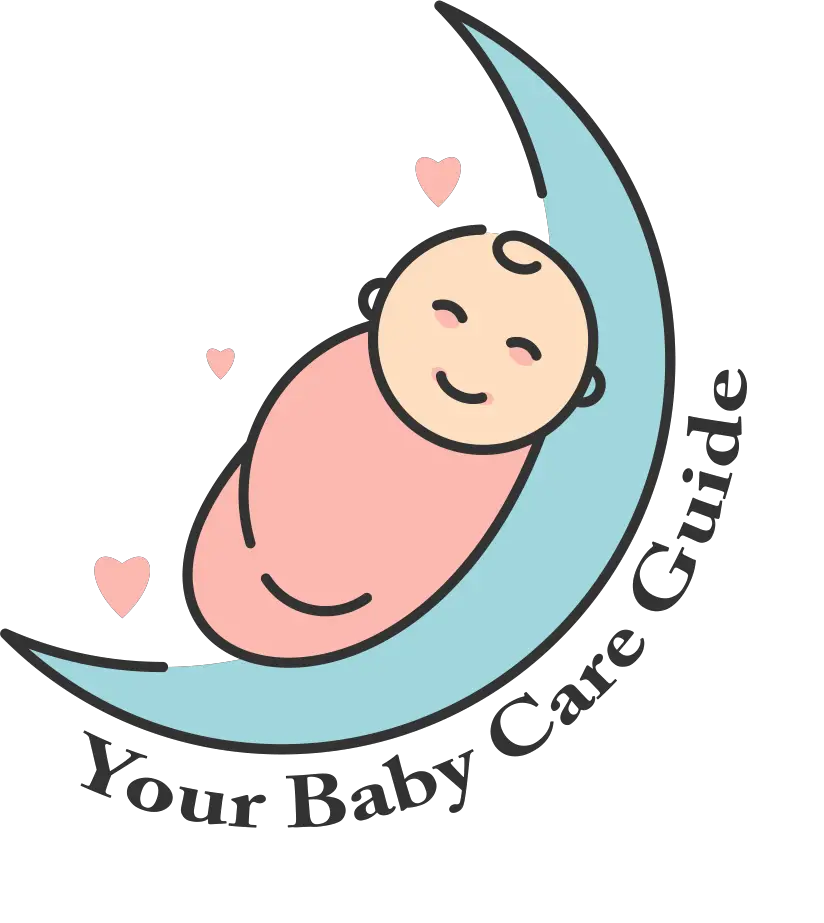The Wake Window For 5 Month Olds Here’s a guide if you’re wondering when to start extending your baby’s wake window. Depending on your child’s age, the wake window will vary from one day to the next. For example, your first wake window will be shorter than your second, but your child’s wake window later in the day will be longer. To get the most benefit from this time, make sure to put your child down on time daily.
If you observe that your child’s wake time varies a lot from day to day, add 15 minutes. But if your child takes longer than the recommended 45 minutes, you should pull that back by 15 minutes. Similarly, if your child is waking up cranky or fussy at odd hours, cut back 15 minutes. You can adjust the wake window when you notice your child taking longer naps.
If your baby’s wake time is less than 30 minutes, you can use a light alarm to arouse them. This way, you won’t disturb them. This is also great if your child is a tiger! If your baby is waking up too early, you can adjust the wake time to make it more comfortable for him. This way, your baby won’t wake up when he is overtired.
If your child is a morning person, your wake window will be a bit earlier than yours. Your five-month-old will most likely wake up at 7 am and take their first nap at around 9 am. This nap should be a solid one, lasting at least an hour. And you can do this again the next day. And so on.
Proper timing is key to a successful nap and overnight sleep. Getting the timing right can mean the difference between an easy, great stretch of sleep and a miserable, short nap. By understanding the wake window for 5-month-olds, you can ensure that your child has the perfect sleep time and a happy, tear-free night. If your child is consistently overtired, you may risk many problems.The first clues to your child’s sleep readiness include rubbing their eyes and turning away from you. Other common indicators include rubbing their eyes, dropping their heads, not making eye contact, and slowed activity. Your child’s sleep cues will vary by age, but you should watch for them if they are rubbing their eyes, pulling their ears, or nuzzling something. They’re likely past their wake window if they are fussy or agitated.
If you’re struggling with a short nap, consider using the wake window for your child’s age. If this is not working, you may need to use early morning or late evening routine.

